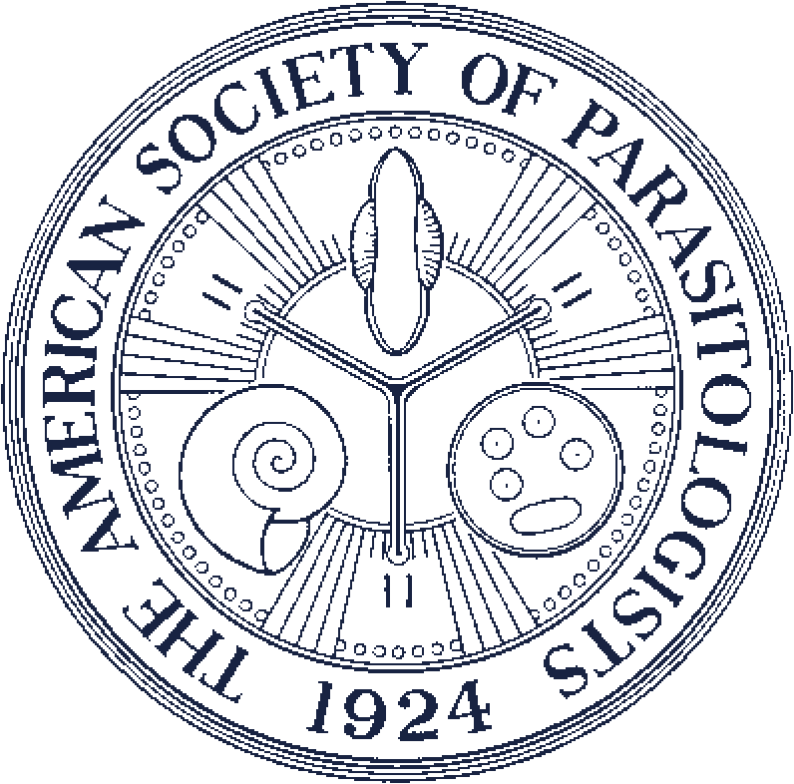IMPLICATIONS OF TREATING PARASITIC INFECTION IN NORTHERN BOBWHITE (COLINUS VIRGINIANUS) ON OVERALL HELMINTH LIFE CYCLE
This study was conducted to determine how reducing the parasite burden in a definitive host may affect the prevalence in intermediate hosts. Here we used the eyeworm Oxyspirura petrowi and cecal worm Aulonocephalus pennula as model species. Northern bobwhite quail (Colinus virginianus) were provided an anthelmintic medicated feed in wild systems because of convincing evidence that these parasites were suppressing their populations. Eyeworm and cecal worm prevalence were measured in Orthopterans, which act as intermediate hosts, using polymerase chain reaction. Individuals were collected from a control site, a site treated for 2 yr, and a site treated for 5 yr. Orthopteran community composition was significantly different among the sites; however, an interaction between subfamily and site was not significant for the eyeworm. There was a significant reduction in eyeworm-infected Orthopterans on the 5-yr site compared with the other 2, suggesting that treatment of a definitive host may indeed affect the prevalence of eyeworms during other life-cycle stages. There was an interaction between the Orthopteran subfamily and the site for the cecal worm, so results were analyzed within each subfamily. A significant reduction in the prevalence of cecal worms was only found in the Cyrtacanthacridinae subfamily on the 5-yr site when compared with the other sites. However, the greatest prevalence in the Gomphocerinae and Oedipodinae subfamilies across all 3 sites was 4.1%. This indicates an unknown degree of cecal worm host specificity. Therefore, conclusions could not be made through the simple assessment of prevalence.ABSTRACT

Odds ratio with 95% confidence intervals for the probability of an insect being uninfected with eyeworms. 2y represents the site treated for 2 yr, 5y represents the site treated for 5 yr, and Con represents the control site. An asterisk indicates a significant difference.

Odds ratio with 95% confidence intervals for the probability of an insect being uninfected with cecal worms compared between sites and insect subfamily. 2y represents the site treated for 2 yr, 5y represents the site treated for 5 yr, and Con represents the control site. An asterisk indicates a significant difference.

Prevalence of Oxyspirura petrowi and Aulanocephalus pennula across all 3 sites. Aulanocephalus pennula was separated by subfamily because of the interaction between subfamily and infection likelihood. Asterisk signifies a significant difference. Asterisk is below the 5-yr bar for A. pennula to signify that only the Cyrtacanthacridinae subfamily was significantly different. (Cyrt = Cyrtacanthacridinae, Oedi = Oedipodinae, Gomp = Gomphocerinae).
Contributor Notes
